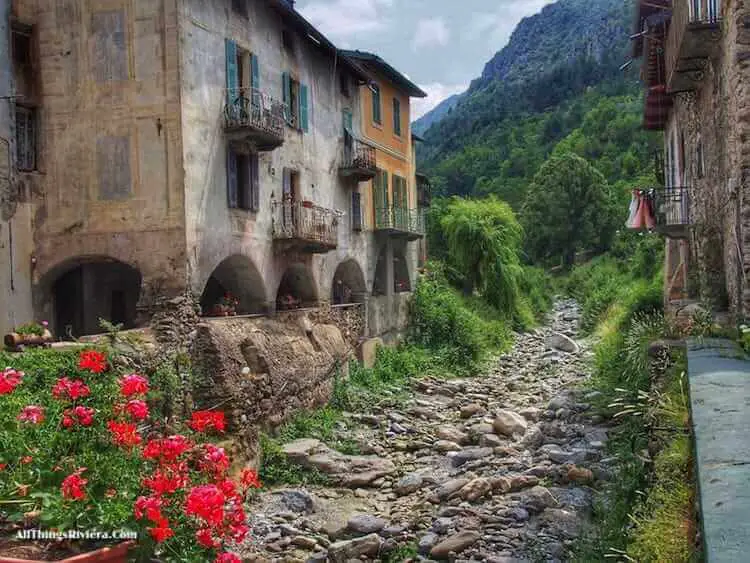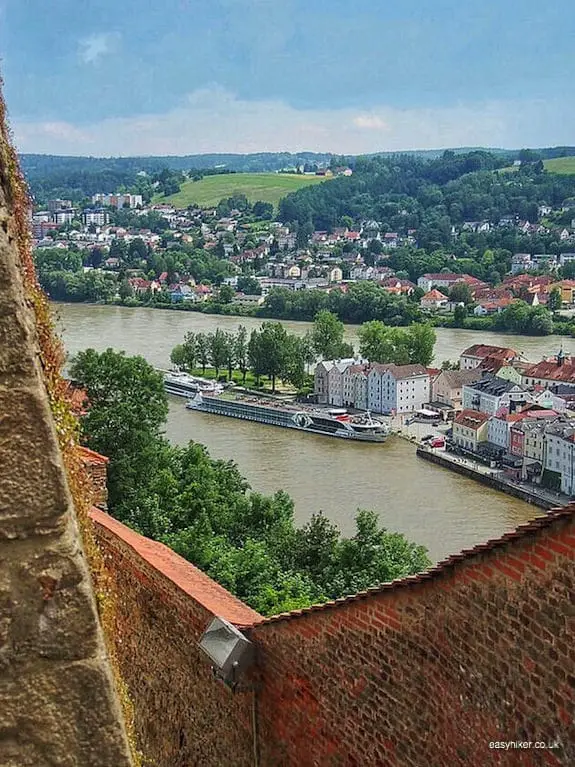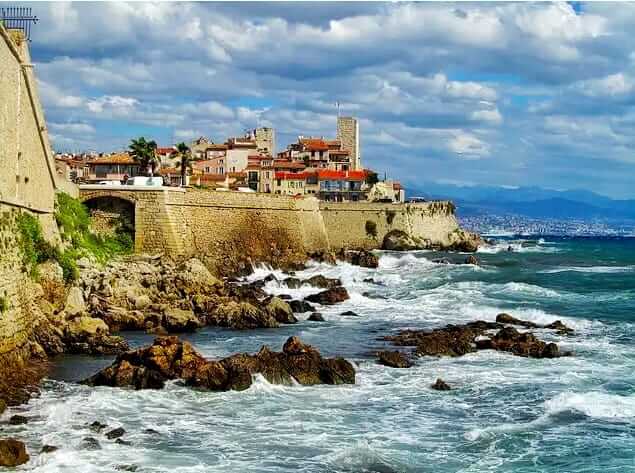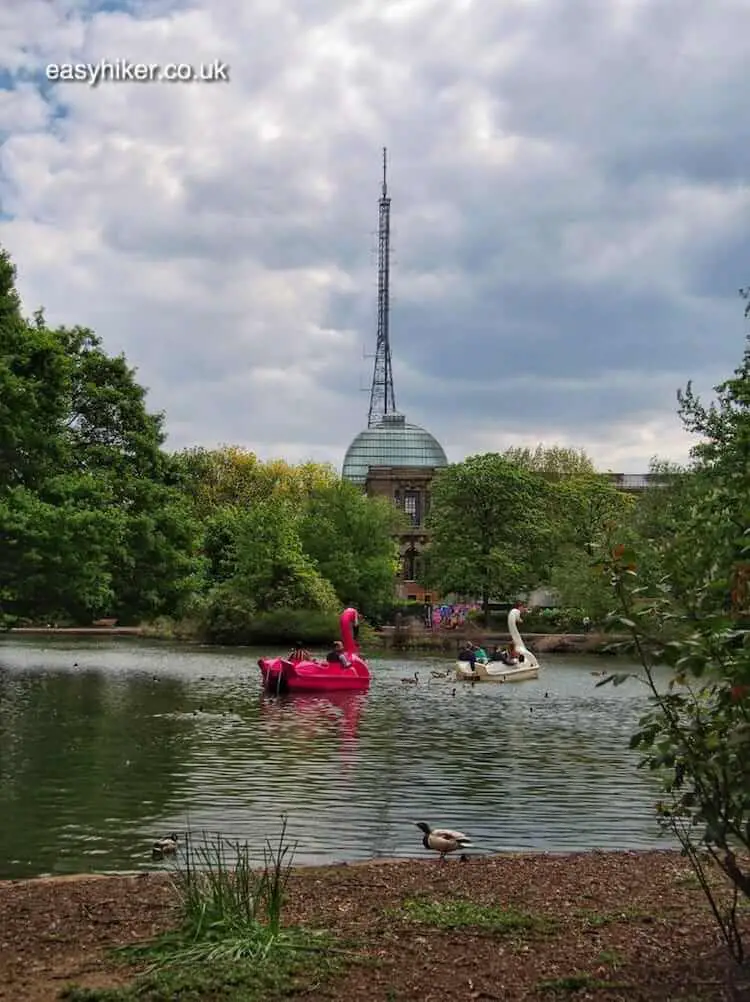For centuries, Bristol and Liverpool were the two main hubs of Britain’s highly lucrative Atlantic trade, but when this trade collapsed after the end of WWII (mainly because Britain lost its empire of colonies), the tales of these two cities took sharply different turns.
Liverpool entered a steep decline, losing nearly half of its population and its status as the Empire’s second city, while Bristol, by far the smaller of the pair, adapted quickly to the change in circumstances and built up a thriving, largely student-based economy.
And while Liverpool became a by-word for slow-but-unstoppable decay, Bristol managed to rebrand itself as the epitome of cool.

But Liverpool still remained the bigger beast in the arena of modern culture: its European football trophies and the Beatles were no match for Bristol City and Bananarama. Until Bristol began to catch up, that is, something it did mainly on the strength of one man’s reputation: this man was Banksy, the world’s most famous and at the same time least-known urban artist.
It took Bristol a while, but ultimately, the city has embraced its mysterious son’s legacy and turned itself into Western Europe’s capital of street painting.
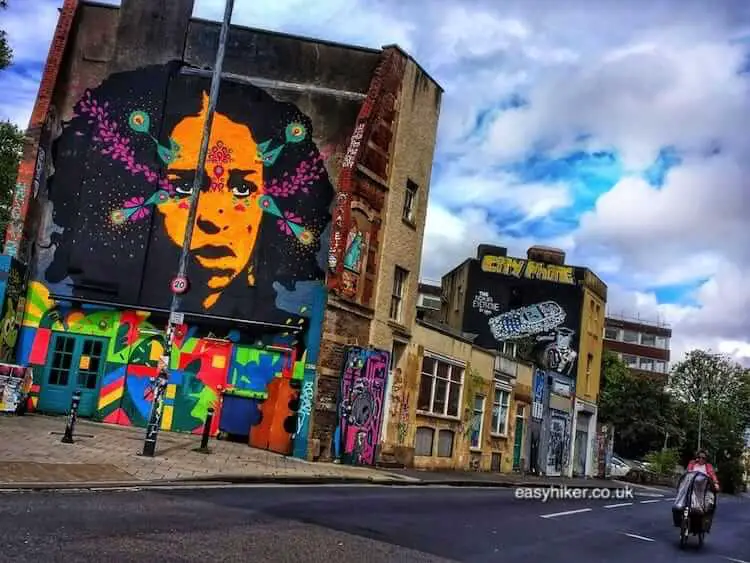
Finding Banksy in Bristol
Banksy is from Bristol: this is one of the few things we know for certain about this most secretive of artists. He left his hometown sometime around the turn of the millennium, but the works he has left behind ensure that he has a continuing presence in town.
Just under 20 of Banksy’s stenciled paintings in Bristol have survived. They are scattered all over the city, but about half a dozen can be found in the town centre, allowing us to lay out a half-day Banksy in Bristol Walk that also serves as an excellent introduction into the charms of the town.
We start the walk to find Banksy in Bristol’s harbour, just south of Queen’s Square near the town centre. It is here where the city is at its most attractive, not least due to the contrast between the elegant Georgian terraces high up on Redcliffe Parade …
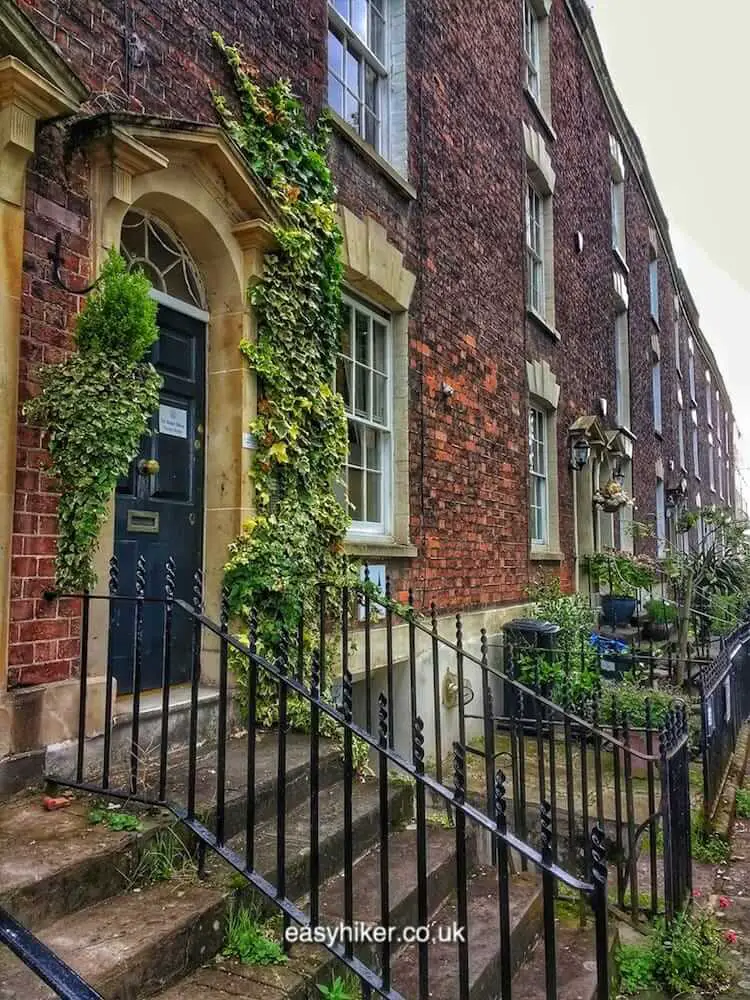
… and the more robust atmosphere of the town’s harbour one level below.
In truth, however, this atmosphere is, at least partly, the effect of a stage set that features historic boats and machinery as well as themed bars and restaurants.
The Thekla, which is moored here, has, so-to-speak, a rudder in either camp, …
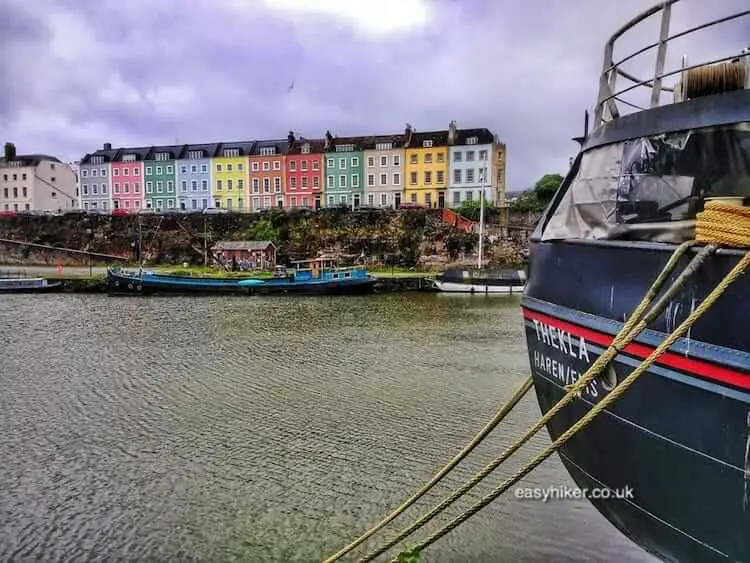
… as it served as a cargo ship for many years before it became a “showboat”, providing a venue mainly for music gigs and other performing arts.
In 2003, Banksy chose the hull of the Thekla as the site for a work called “Grim Reaper”, …
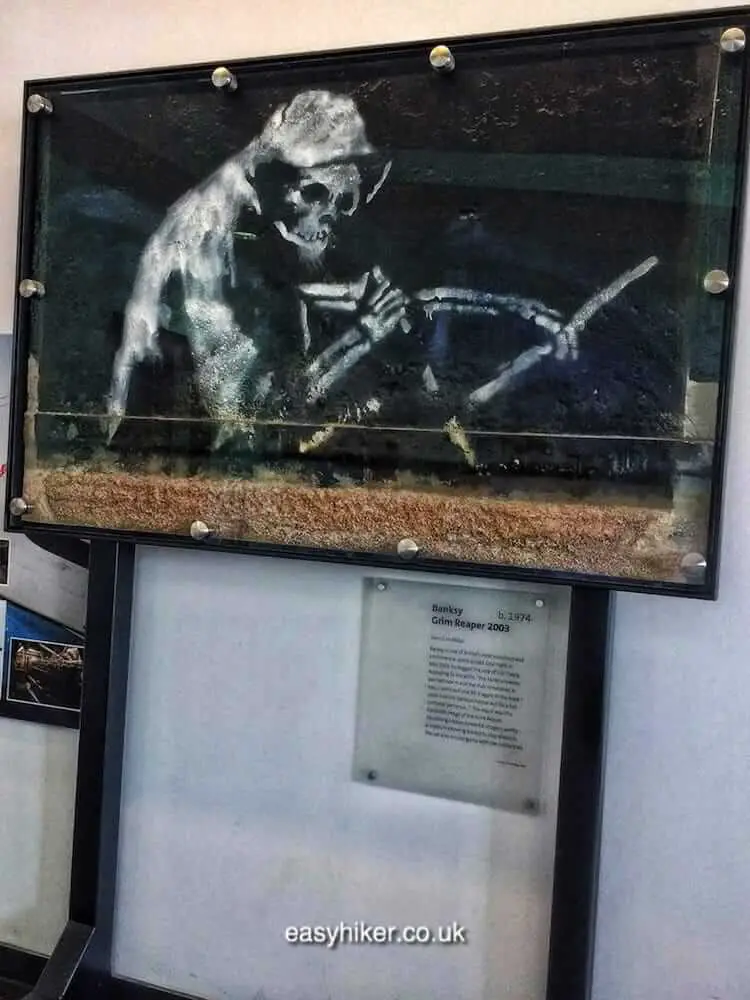
… which has since been removed – for fear that the tidal waters in the harbour could damage it – and placed in a near-by museum called the M-Shed.
To look at the Grim Reaper, turn right from the Thekla towards Prince Street Bridge and cross over to Spike Island. When you step off the bridge, you will find the M-Shed directly on your right hand side.
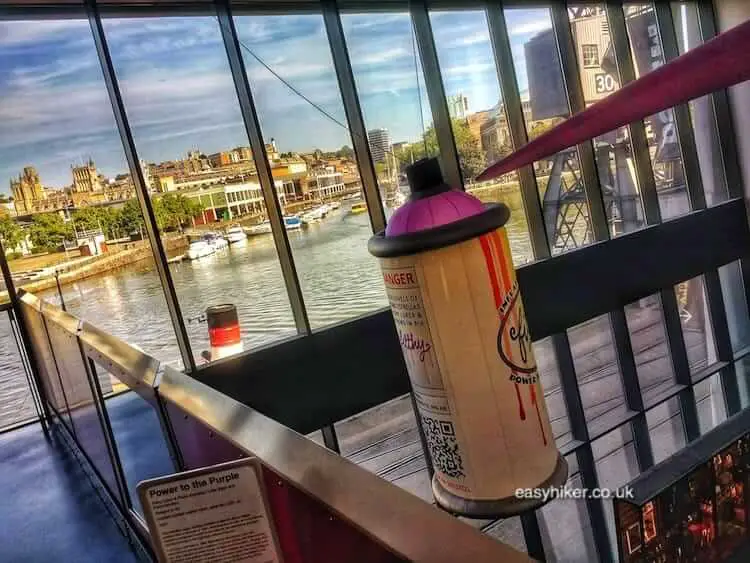
The M-Shed is free to enter and features modern art exhibits as well as interactive displays that can teach you interesting things about Bristol and its history.
Leave by turning left on the quay …
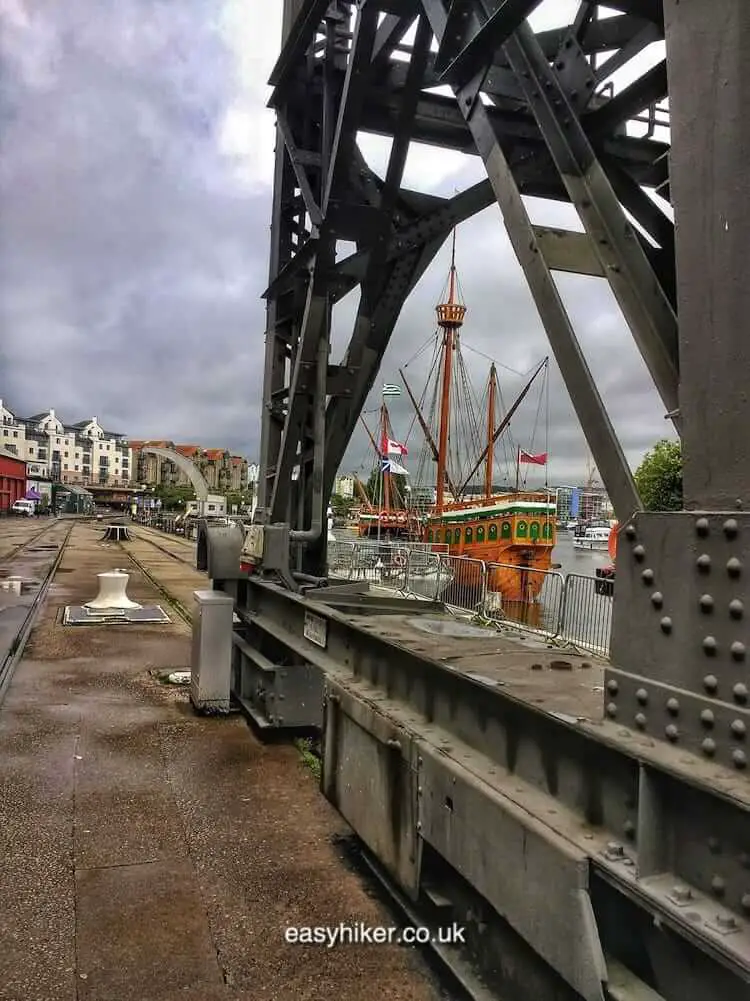
… for a scenic walk in the historic environment of the harbour.
Behind the exhibit of the SS Great Britain (engineered by Brunel and once the largest passenger ship in the world) turn left and continue into Gas Ferry Road. A few steps behind the intersection with Caledonian Road, take the narrow walkway on your right towards Hanover Place.
The painting we are looking for is well hidden in a backyard, but to find it, just follow the crowd, and in the unlikely event that there aren’t any fellow Banksy pilgrims in sight, search for the clock tower to take a close look at one of the master’s most iconic works.
This is “The Girl With The Pierced Eardrum”, and in case you are wondering what she is wearing in her left ear: that is a security alarm.
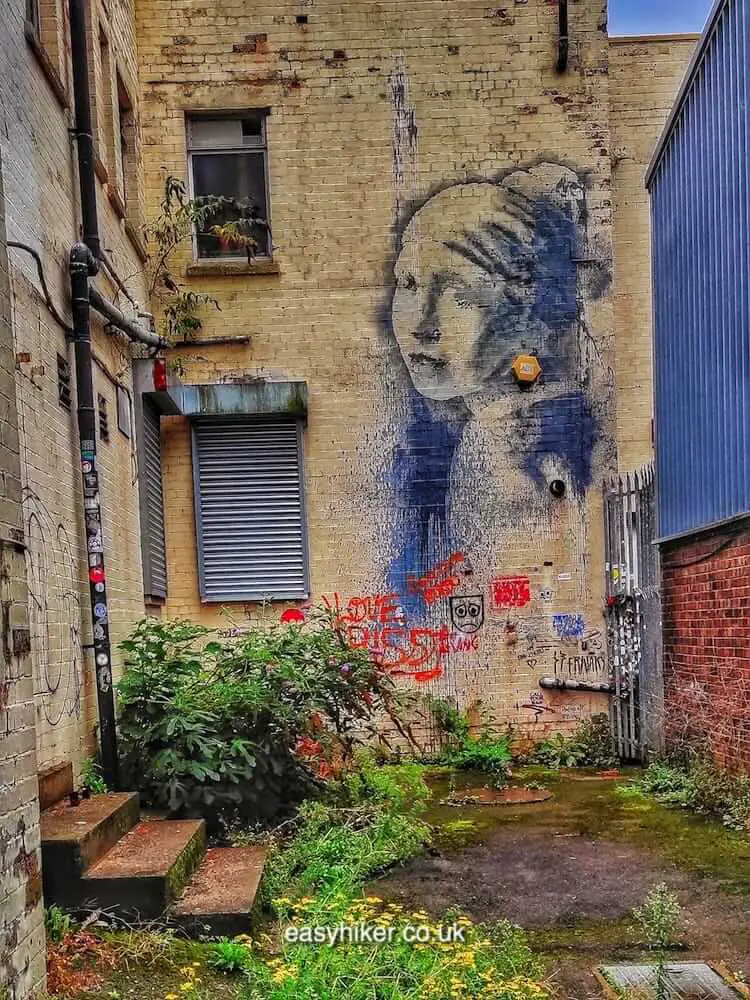
The painting is from 2014 and the most recent gift that Banksy has made to his old hometown.
While you are looking for it, you may come across several works by imitators of the master’s style – this part of town appears to attract street artists – but few of them are good enough to deceive.
These imitators generally attack the same things – injustice, capitalist greed, the establishment – but do so with an aggressive snarl rather than Banksy’s whimsical humour.
The style may look easy enough to copy, but this counts for nothing if you cannot get the spirit right.
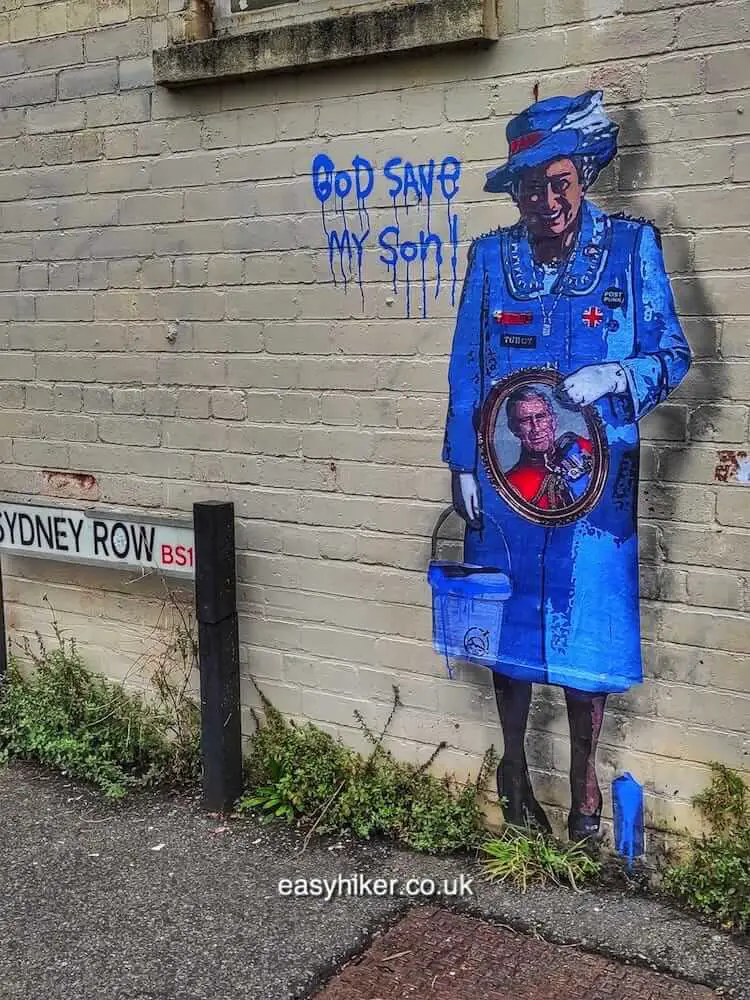
Now walk back to the northern tip of Spike Island where, at the quay down from the Brunel exhibit, you can find the ferry service that will (for a small fee) take you across the basin towards the town centre.
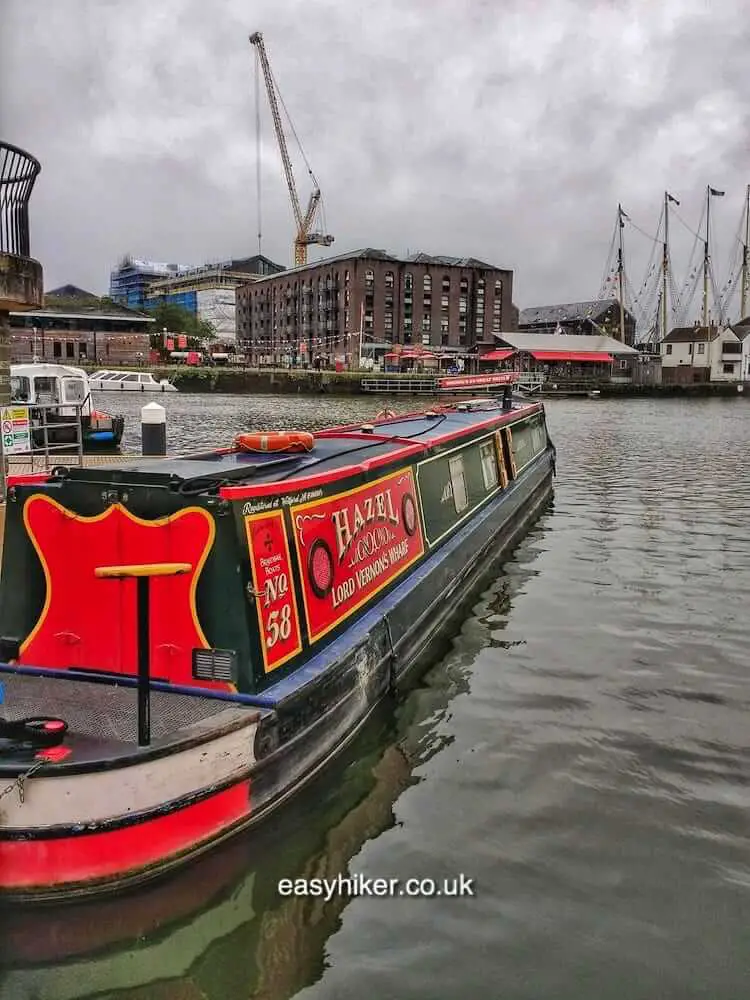
From the ferry terminal on the other side, walk straight inland. Turn right into Anchor Road and then, after approx. 100 metres, left into Lower Lamb Street.
At the end of this small cul-de-sac, next to the stairway and above the bins, you will find what is (I believe) the only Banksy where work and title are virtually identical.
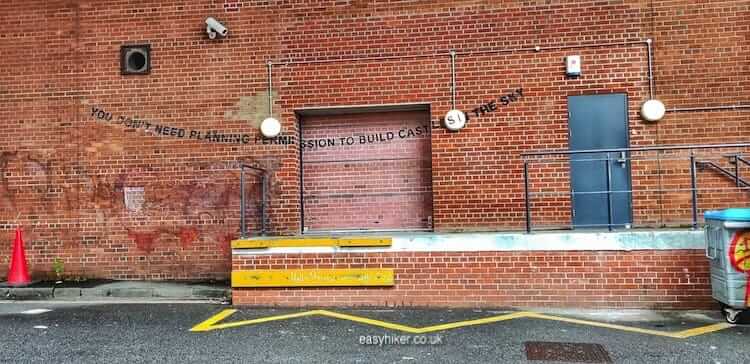
Walk up the stairway and turn right, in the direction of Bristol Cathedral and past the Town Hall. Once you reach College Green, turn left until you reach the bridge across Frogmore Street, where – on the wall of a Sexual Health Clinic – another one of Banksy’s most famous works is on display.

If you continue from here up to the top of Park Street (further on your left), you will soon reach Bristol Museum & Art Gallery in whose foyer one of Banksy’s rare sculptural works is on display (the “Paint Pot Angel”). Just make sure you don’t come on a Monday when the place is closed.
Alternatively, and if you have a little time and energy left, you can walk to Stokes Croft, the heart of Bristol’s counter-cultural scene in the north of the town centre.

In addition to attractive shops, art galleries and interesting places to eat, Stokes Croft also offers a classic Banksy: The Mild Mild West is the first large mural he ever produced.
You can find it on a wall just before the arts centre The Canteen on 80 Stokes Croft.
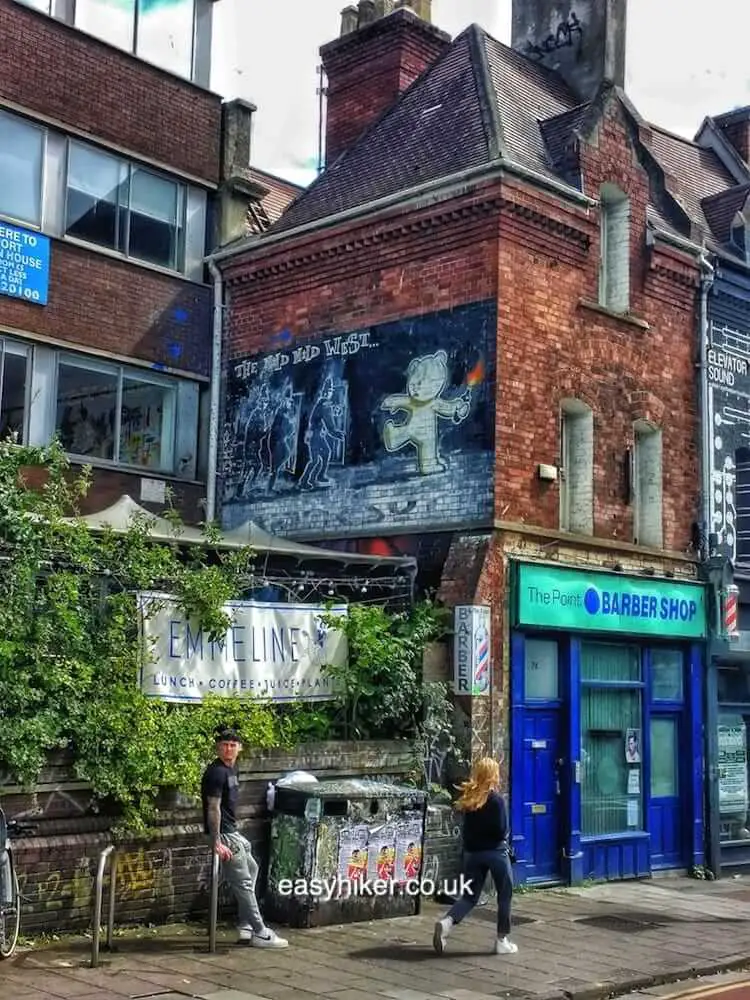
Banksy created this work in 1998 as a protest against what he thought was an unnecessarily violent reaction of the local police to illegal raves in the area.
This is a reminder that Banksy’s art is firmly rooted in the city’s counter-culture and that municipal administrations fought him (and other street artists like him) for many years – removing his works or having them painted over – before realizing what an asset they had on their hands.
Around 20 works of Banksy in Bristol can still be seen in and around the city, but many, many more have been destroyed, some of them by the same people who today bask in the glory of their city’s most famous son.

